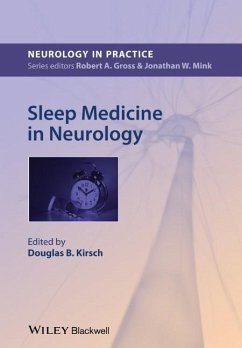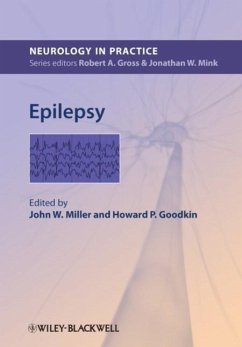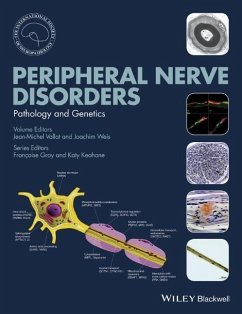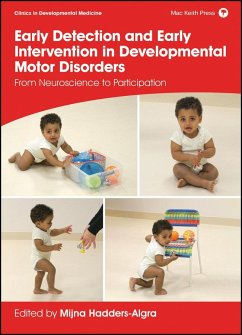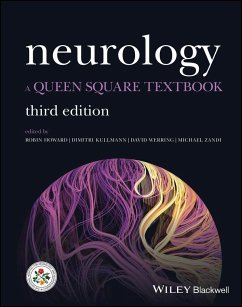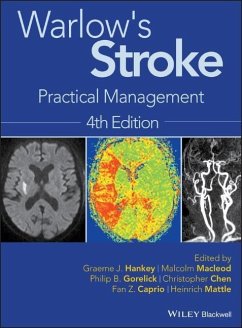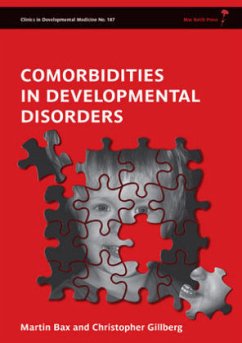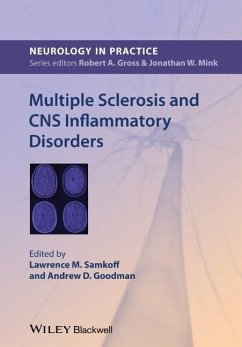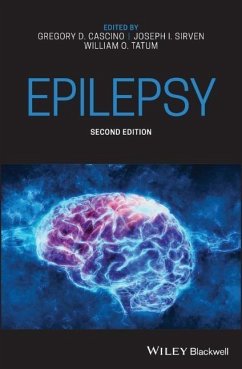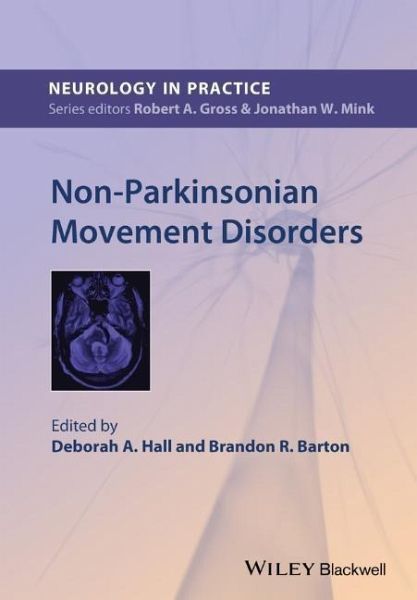
Non-Parkinsonian Movement Disorders
Versandkostenfrei!
Versandfertig in über 4 Wochen
81,99 €
inkl. MwSt.
Weitere Ausgaben:

PAYBACK Punkte
41 °P sammeln!
A clinical 'in the office' or 'at the bedside' guide to effective patient care for neurologists in practice and in training_ Each presentation includes practical descriptions of phenomenology, and key clinical information from the history and neurological examination that guide the physician to the correct diagnosis, and treatment options_ Throughout the book Science Revisited highlights remind clinicians of the scientific anchors related to each disorder, and Evidence at a Glance boxes summarise clinical trial evidence-based review information_ Numerous video clips in every chapter demonstrat...
A clinical 'in the office' or 'at the bedside' guide to effective patient care for neurologists in practice and in training
_ Each presentation includes practical descriptions of phenomenology, and key clinical information from the history and neurological examination that guide the physician to the correct diagnosis, and treatment options
_ Throughout the book Science Revisited highlights remind clinicians of the scientific anchors related to each disorder, and Evidence at a Glance boxes summarise clinical trial evidence-based review information
_ Numerous video clips in every chapter demonstrate different movement disorders to aid diagnosis
_ Unique learning tools, Tips and Tricks and Caution Warning boxes, give useful hints on improving outcomes and preventing errors
_ Each presentation includes practical descriptions of phenomenology, and key clinical information from the history and neurological examination that guide the physician to the correct diagnosis, and treatment options
_ Throughout the book Science Revisited highlights remind clinicians of the scientific anchors related to each disorder, and Evidence at a Glance boxes summarise clinical trial evidence-based review information
_ Numerous video clips in every chapter demonstrate different movement disorders to aid diagnosis
_ Unique learning tools, Tips and Tricks and Caution Warning boxes, give useful hints on improving outcomes and preventing errors




